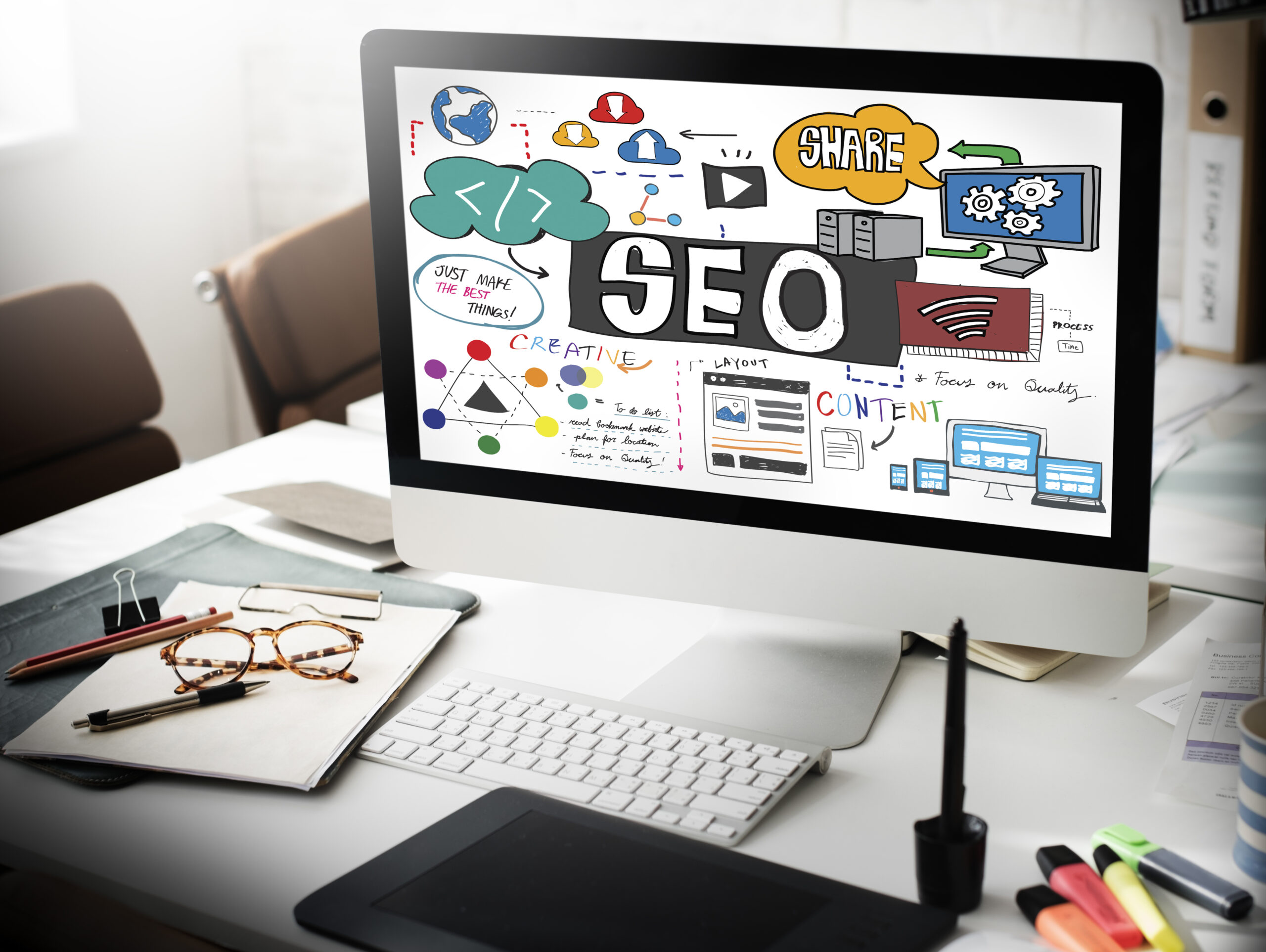In today’s fast-paced digital world, On-Page SEO serves as the foundation for any effective website strategy. Whether you’re a blogger, entrepreneur, or digital marketer, understanding and implementing on-page SEO techniques will help you rank higher on search engines and drive organic traffic.
At NeuroClicks, we emphasize the power of on-page SEO optimization because it directly influences how search engines understand and rank your content. In this comprehensive guide, you will learn what on-page SEO is, why it’s important, key optimization techniques, common problems, and how to fix them effectively.
What is On-Page SEO?
On-Page SEO refers to all the measures that can be taken directly within your website to improve its position in search rankings. It includes optimizing page content, meta tags, headers, images, URLs, internal linking, and user experience factors.
By properly implementing on-page SEO, you tell search engines like Google what your content is about and why it should rank higher than competitors.
Why is On-Page SEO Important?
The importance of on-page SEO cannot be overstated. Google’s algorithms analyze your website’s on-page factors to determine relevance and quality. Proper optimization helps:
- Increase your site’s visibility
- Improve user experience
- Reduce bounce rates
- Boost rankings for targeted keywords
Ignoring on-page SEO means missing out on organic traffic and leaving your competitors ahead.
Key Elements of On-Page SEO
Let’s explore the critical factors to focus on when optimizing your web pages:
1. Title Tag Optimization
Title tags are the clickable headlines in search results and must contain your primary keyword.
- Keep titles under 60 characters.
- Include your brand name occasionally for branding purposes.
Example: On-Page SEO Guide 2025 – NeuroClicks
2. Meta Description
This is the brief snippet shown below the title in search results.
- Keep it under 155 characters.
- Use phrase match keywords naturally.
- Include a compelling call to action (CTA).
3. URL Structure
Create clean, keyword-rich URLs to help search engines and users.
Example: https://www.neuroclicks.in/on-page-seo-guide
- Use hyphens to separate words.
- Avoid unnecessary parameters or numbers.
4. Header Tags (H1, H2, H3)
Headers organize your content and improve readability.
- Use one H1 tag with an exact match keyword.
- Use H2 and H3 tags for subtopics with LSI keywords (related terms).
- A well-organized header structure allows search engines to interpret the content hierarchy more effectively.
5. Keyword Placement
Strategically place your keywords in:
- The first 100 words of your content
- Header tags
- Image ALT attributes
- Anchor text for internal links
6. Image Optimization
Images improve engagement but must be optimized:
- Use descriptive filenames (e.g., on-page-seo-chart.png)
- Add relevant ALT text with keywords
- Compress images for faster loading
7. Internal Linking
Internal links connect relevant pages within your website, enhancing user navigation and helping distribute link equity across your site.
Duplicate or missing tags may confuse search engines and lower your site’s click-through rate.
Example anchor text:
- For more digital marketing insights, visit NeuroClicks.
- Learn advanced SEO strategies on our Off-Page SEO Guide page.
8. Mobile Responsiveness and Page Speed
With Google’s mobile-first indexing, your site must:
- Be fully responsive on all devices
- Load quickly using optimized images, caching, and CDN
Common Problems in On-Page SEO and How to Fix Them
Even experienced site owners make mistakes. Here are common issues and their solutions:
Problem 1: Poor Keyword Research
Using irrelevant or overly competitive keywords can harm your rankings.
Fix: Use tools like Google Keyword Planner, SEMrush, or Ahrefs to find relevant keywords with achievable competition.
Problem 2: Keyword Stuffing
Overloading content with keywords looks spammy and reduces readability.
Fix: Write naturally. Use keywords strategically and focus on user intent.
Problem 3: Missing or Duplicate Title Tags & Meta Descriptions
Duplicate or absent tags confuse search engines and reduce click-through rates.
Fix: Ensure each page has a unique, keyword-rich title and meta description.
Problem 4: Slow Page Load Speed
Heavy images and inefficient code lead to slow pages, increasing bounce rates.
Fix: Compress images, minify CSS/JS, and use reliable hosting with CDN.
Problem 5: Poor Mobile Optimization
Non-responsive sites lose rankings on mobile searches.
Fix: Implement responsive design and test on multiple devices.
Problem 6: Broken Internal Links
Broken links hurt user experience and SEO.
Fix: Regularly audit and fix or remove broken links.
Problem 7: Lack of Content Structure
Long blocks of text without headings deter readers.
Fix: Use H1, H2, H3 tags to break content into manageable sections.
Problem 8: No ALT Text for Images
Without ALT text, images miss SEO value and accessibility.
Fix: Add descriptive ALT text including relevant keywords.
How to Use Keywords Effectively in On-Page SEO
Optimizing keyword usage is essential for ranking. Remember:
- Exact Match Keyword: Use the keyword exactly as searched (e.g., “On-Page SEO”).
- Phrase Match Keyword: Include related phrases naturally (e.g., “importance of on-page SEO”).
- Broad Match Keyword: Use general terms related to your niche (e.g., “SEO tips”).
- Brand Keyword: Incorporate your brand name “NeuroClicks” in anchor text and content.
- LSI Keywords: Use synonyms and related terms like “meta tags,” “title optimization,” “page speed.”
Use keywords to enhance content relevance but avoid overstuffing.
Linking to Off-Page SEO: The Next Step for Higher Rankings
While On-Page SEO ensures your site is optimized internally, Off-Page SEO focuses on external signals like backlinks, social media, and brand mentions that boost your site’s authority.
For detailed strategies on how to improve your site’s authority and traffic through off-page methods, check out our Off-Page SEO Guide. Implementing both on-page and off-page SEO together creates a powerful SEO ecosystem.
Final Thoughts
Mastering On-Page SEO is essential to improving your website’s visibility, user experience, and organic traffic in 2025. From optimizing your title tags to ensuring mobile responsiveness, every detail matters.
For ongoing SEO tips, tutorials, and updates, keep following NeuroClicks — your trusted partner in digital marketing success.

